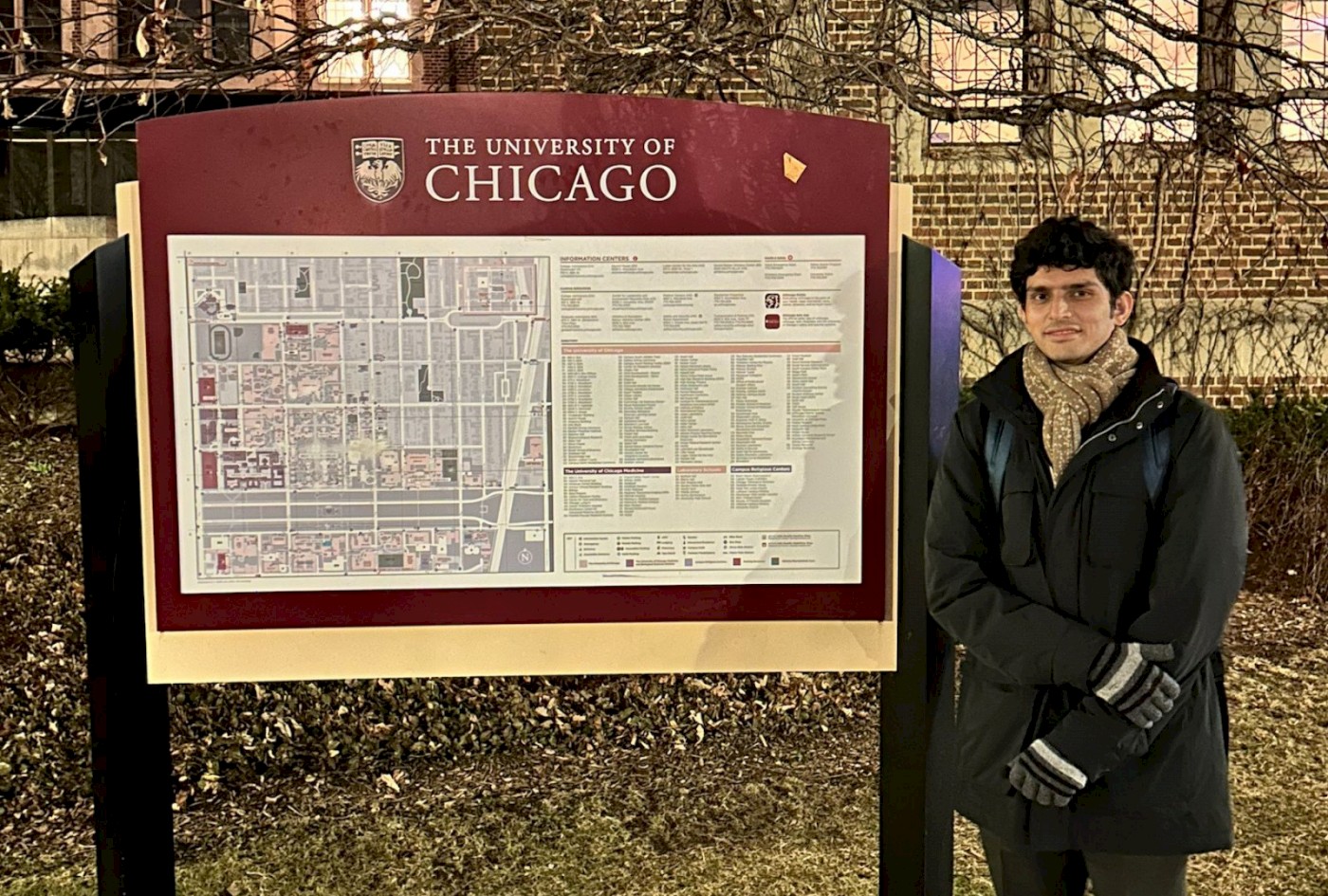
Art forms exploring Azadari, a ritual mourning the massacre at Karbala where Imam Hussain was killed, showcase literary and aesthetic qualities, but often leave out unexplored themes like a sense of 'belonging.' Arslan Jafri, a student pursuing Doctorate in Interdisciplinary Humanities and Social Sciences at Ahmedabad University, has studied this overlooked theme in his paper titled 'Navigating Nisbat: Articulations of Belonging in Shia Muslim Literary Texts.'
Azadari is performed to a large extent in the form of poetry and other related art forms, specifically through literary genres like Nauha and Marsiya. These are considered peripheral genres and are much less studied than the more mainstream secular ghazal, which enjoys a hegemonic status in Urdu literature. Arslan's paper looks at a few literary texts in these genres, mainly composed within the last 200 years, and attempts to highlight how these pieces articulate Nisbat, or a sense of belonging with the land of India.
Arslan's paper examines three different texts belonging to the two religious genres of Shia Muslims, that is, Nauha and Marsiya. He argues that each text articulates its Nisbat in a different manner. The first text, composed by Mir Anees in the 19th century, while narrating events that occurred in seventh-century Iraq, expresses the sense of belonging by incorporating cultural symbols associated with India. It is therefore comprehensible only to someone who is part of the Indian cultural milieu.
Unlike the genre of the text, which generally uses Persianised Urdu, the second text uses an almost exclusively Indic register. Arslan argues that the choice of using an Indic register over a more Persianised Urdu reflects the composers' sense of belonging to India. The final text evokes 'Hindostān' in the refrain of each stanza. He believes that this explicit evocation of Hindostān in a text that is essentially religious in nature becomes a means for articulating the composers' belonging to India.
When asked to share his observations on how composers incorporated cultural symbols to express a sense of belonging, Arslan has cited examples from Marsiya by Mir Anees. He avers that the text, despite narrating the events occurring in seventh-century Iraq, endows people who were a part of these events with markedly Indian characterisations, as reflected in the manner of their speaking and the described wedding rituals, among other things. In the text, Arslan shares another example of a conversation between two women in which one blesses the other, saying, 'May the parting of your hair remain safe' (Māng Se Ṭhandi Rahe). For someone within the Indian cultural milieu, this clearly indicates that the blessing means praying for the safety of the woman's husband. In this case, the symbol of the Māng not only makes the text comprehensible to someone who is a part of this cultural milieu but is also a way of imagining the characters that are a part of this text, as inhabitants of an Indian cultural milieu rather than of a distant seventh-century Iraq.
Arslan also suggests that the disparity in scholarly attention between ghazals and other religious genres could be attributed to both the universal appeal of the ghazal and the niche nature of the Nauha and Marsiya. He explains that the ghazal, which has been a core aspect of the socio-cultural life of Urdu speakers in North India, especially through the public sphere of the Mushā'ira, is a rich avenue for research.
Arslan presented his research at the 21st Annual South Asia Graduate Student Conference, co-sponsored by the University of Chicago Committee on Southern Asian Studies and the Center for the Study of Gender and Sexuality. Arslan emphasised that the conference afforded him an opportunity to investigate an under-explored area at the intersection of Urdu literary culture and Islam in South Asia. Arslan’s paper attempts to highlight that an Indian Muslim can be an Indian and a Muslim at the same time without feeling any sense of dissonance about this.
Arslan's research aims for an in-depth understanding of the role of these genres in community life from an anthropological and historical perspective, and the role of these texts in shaping a community's identity.